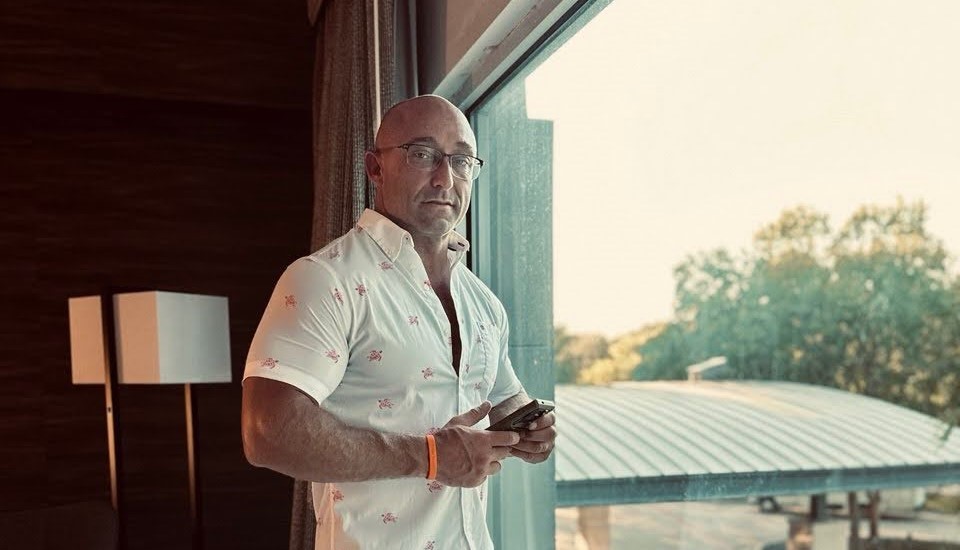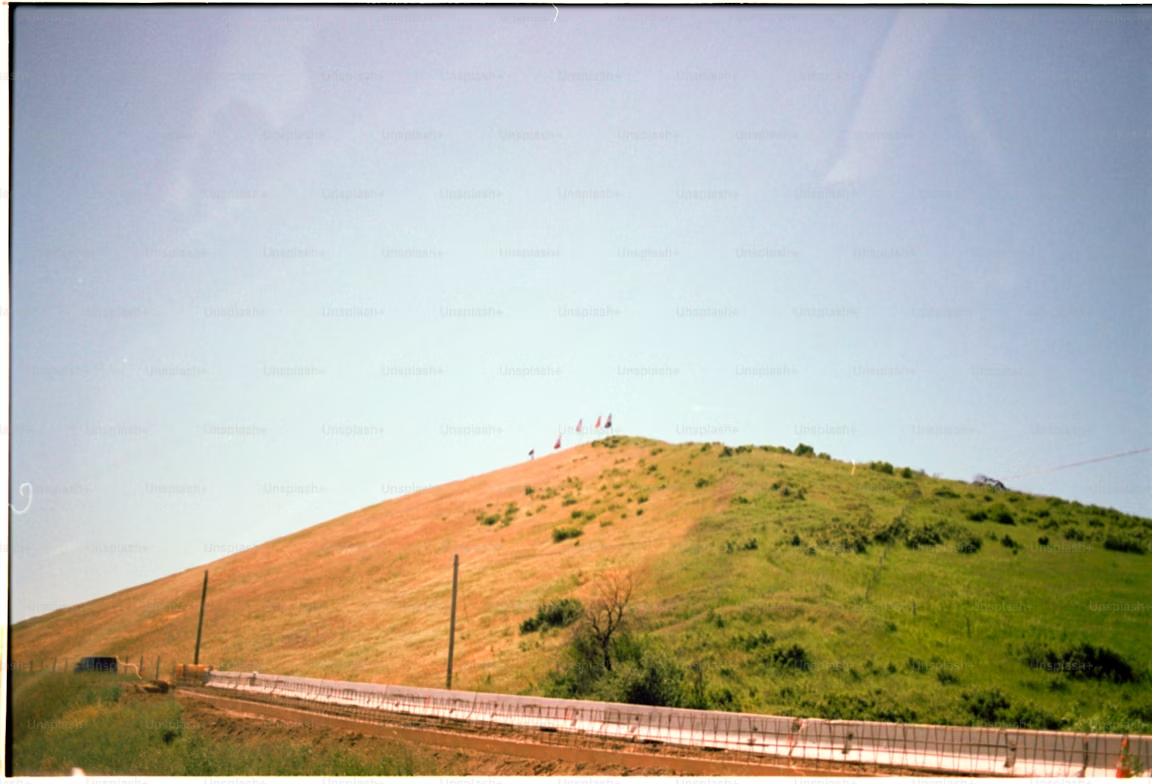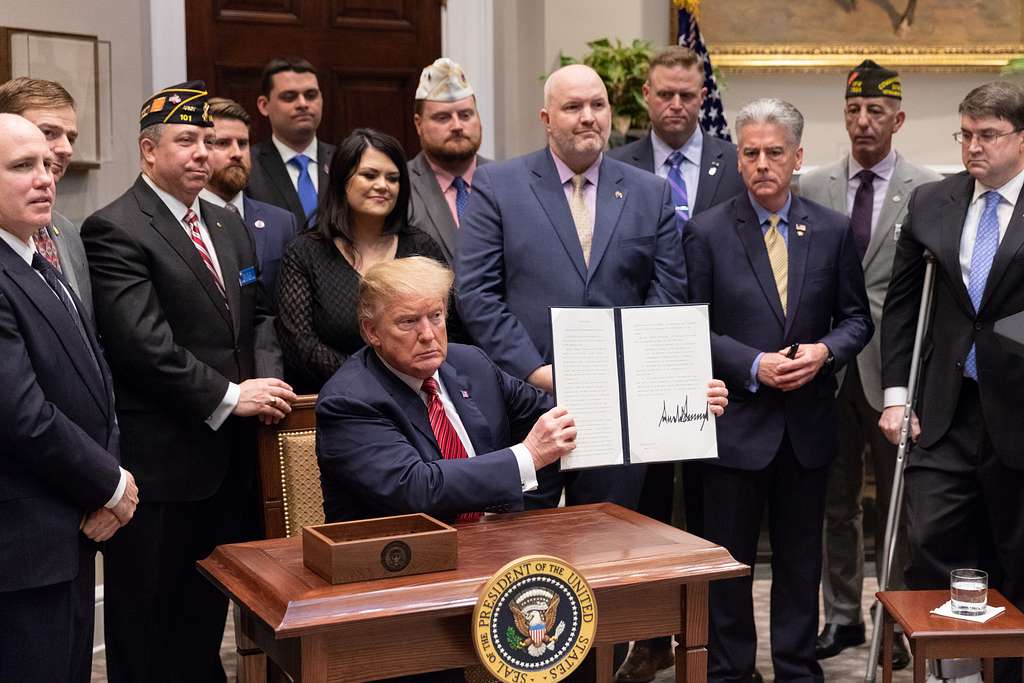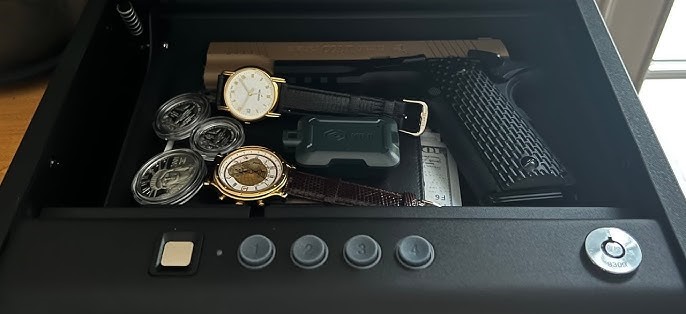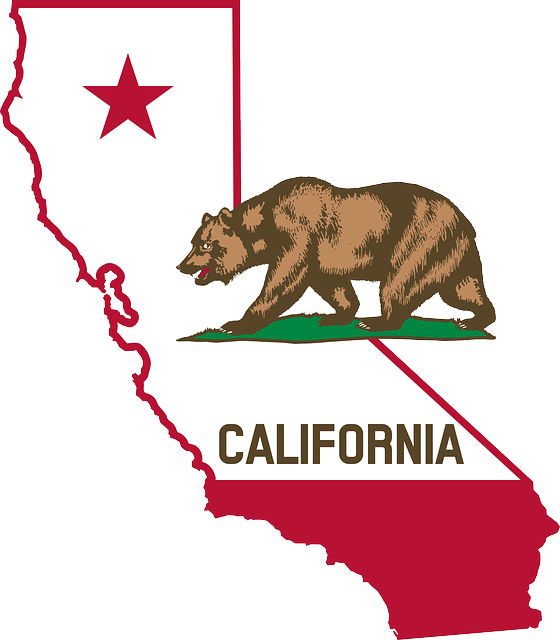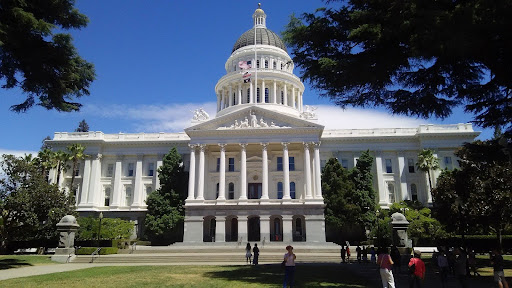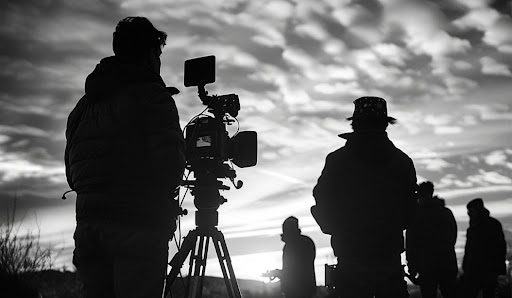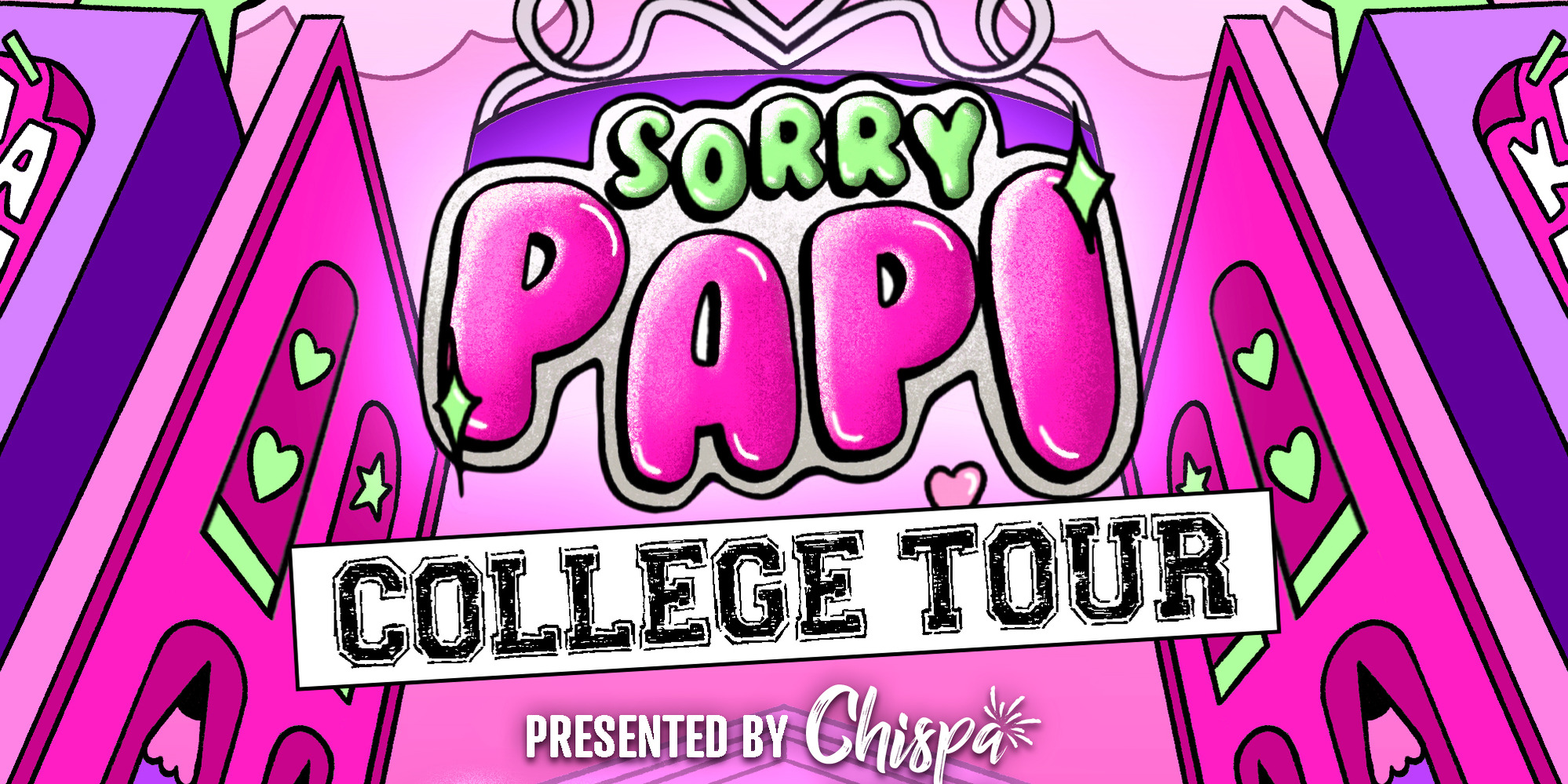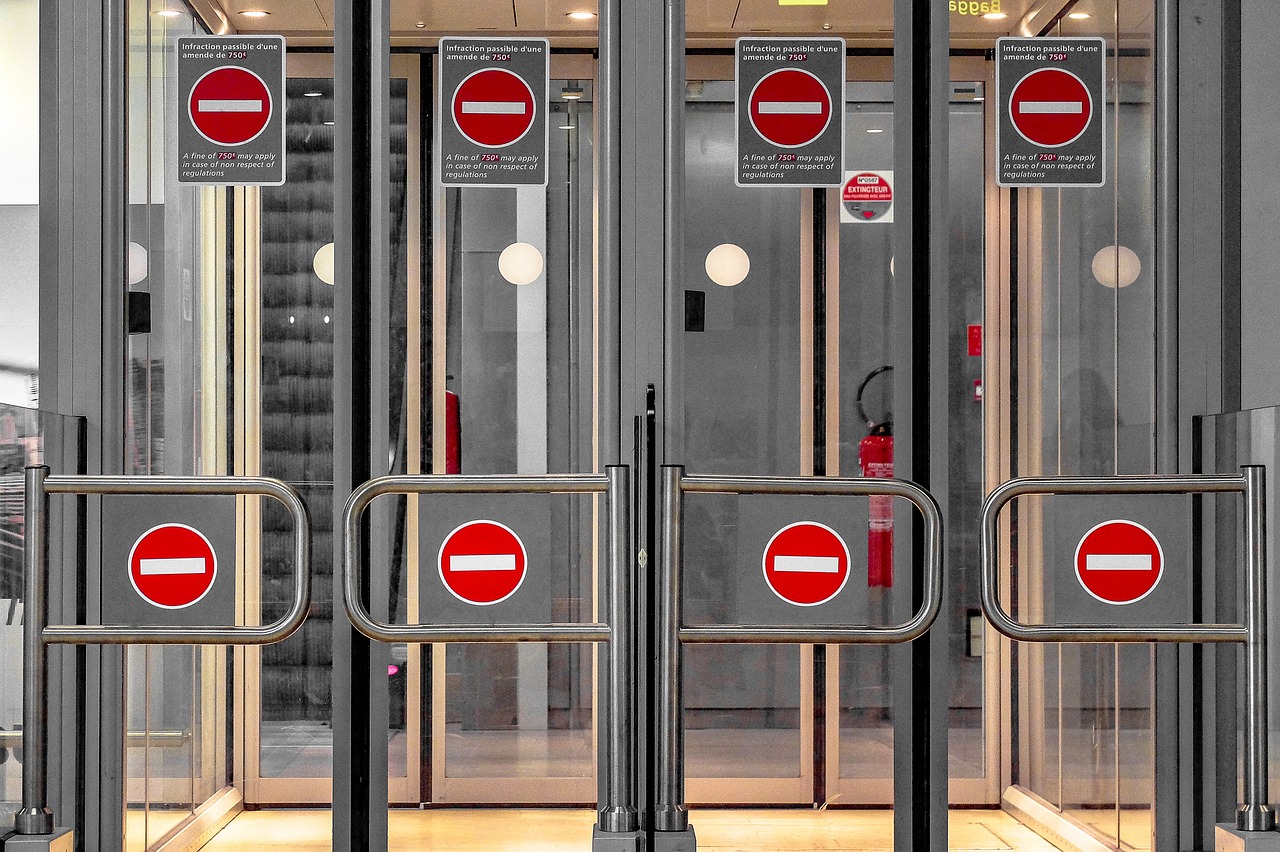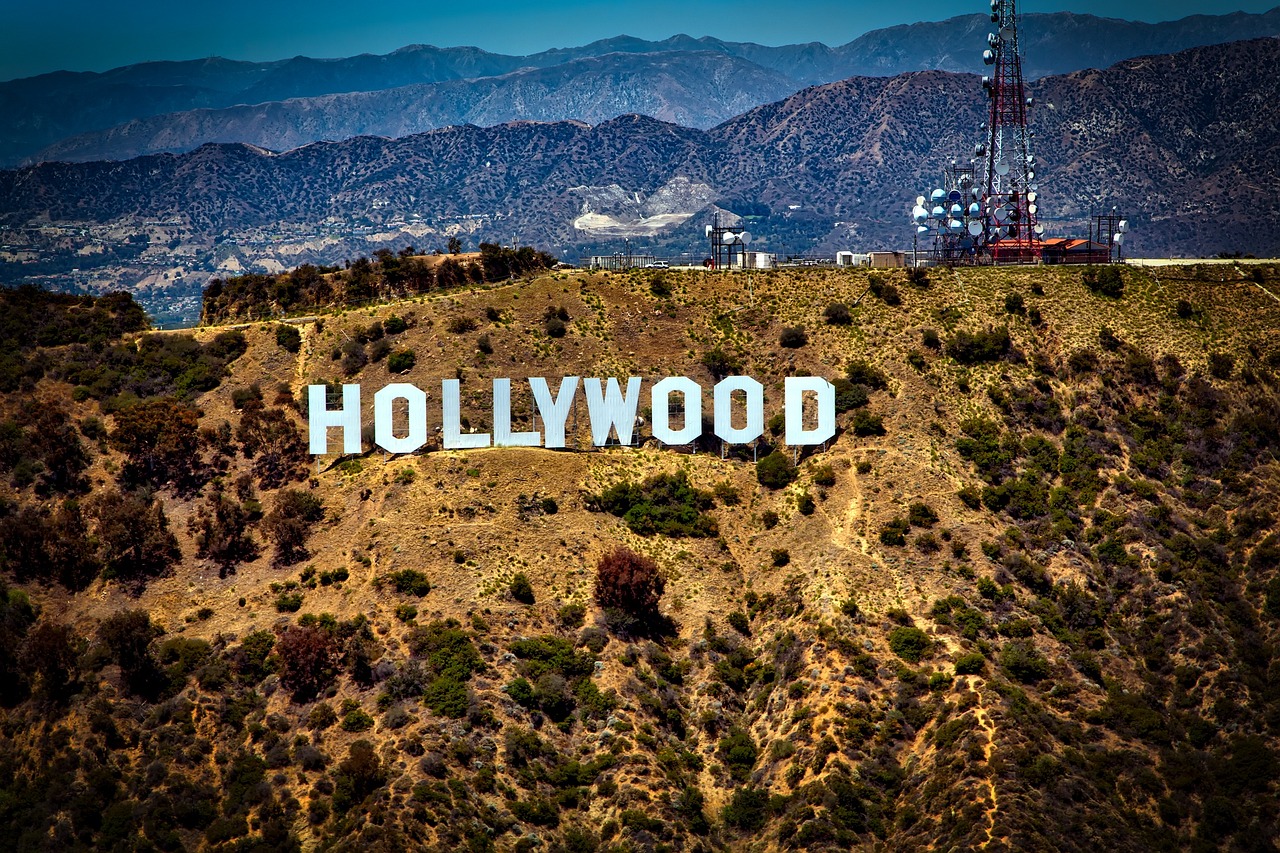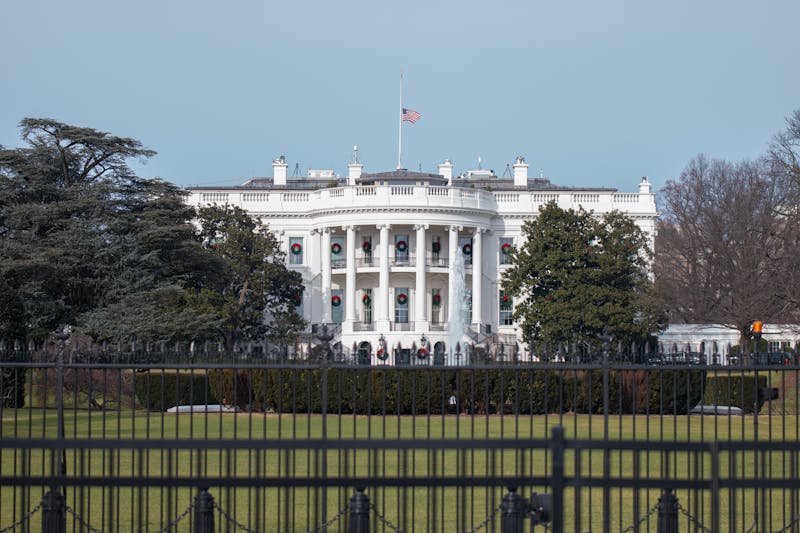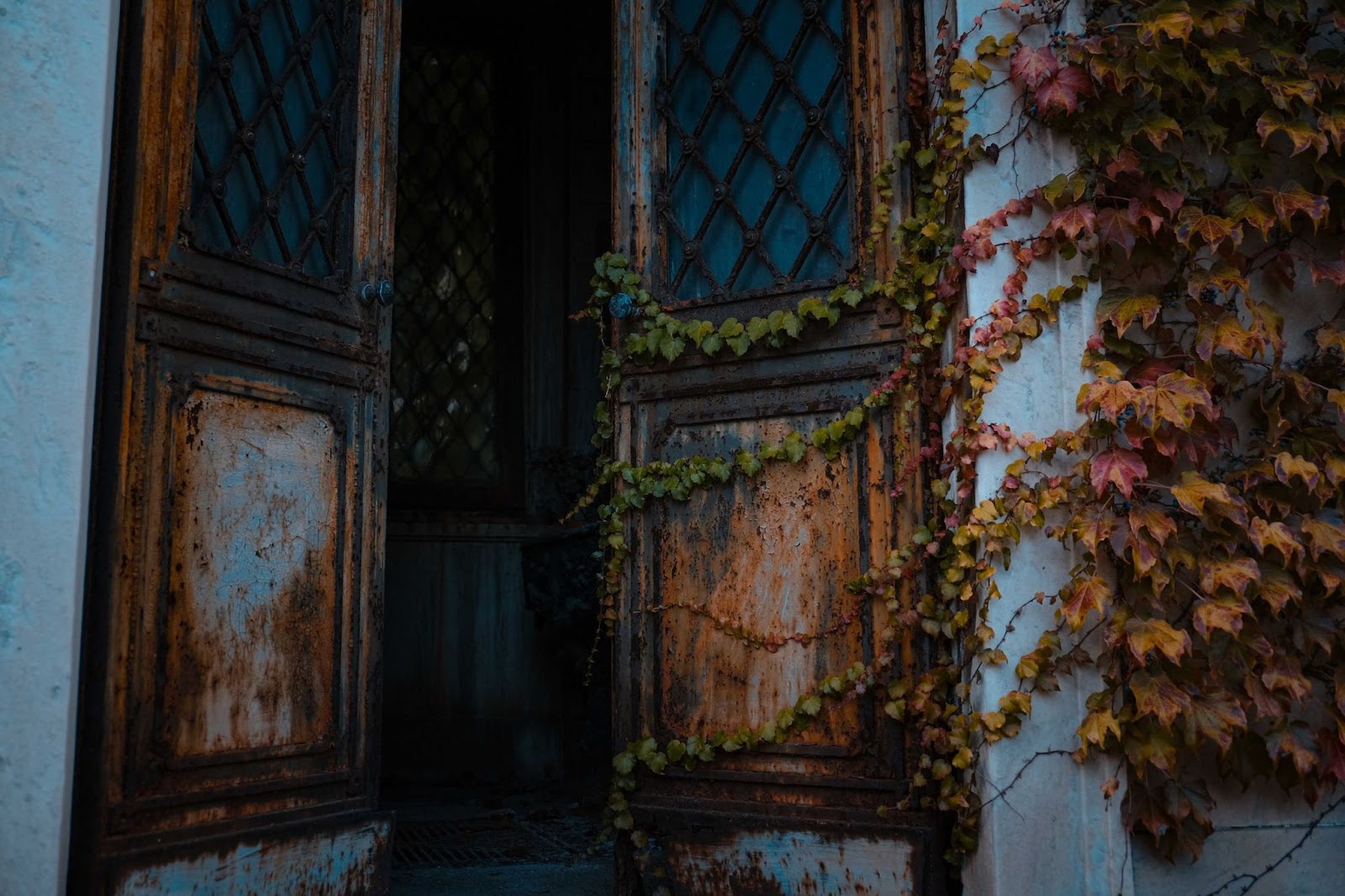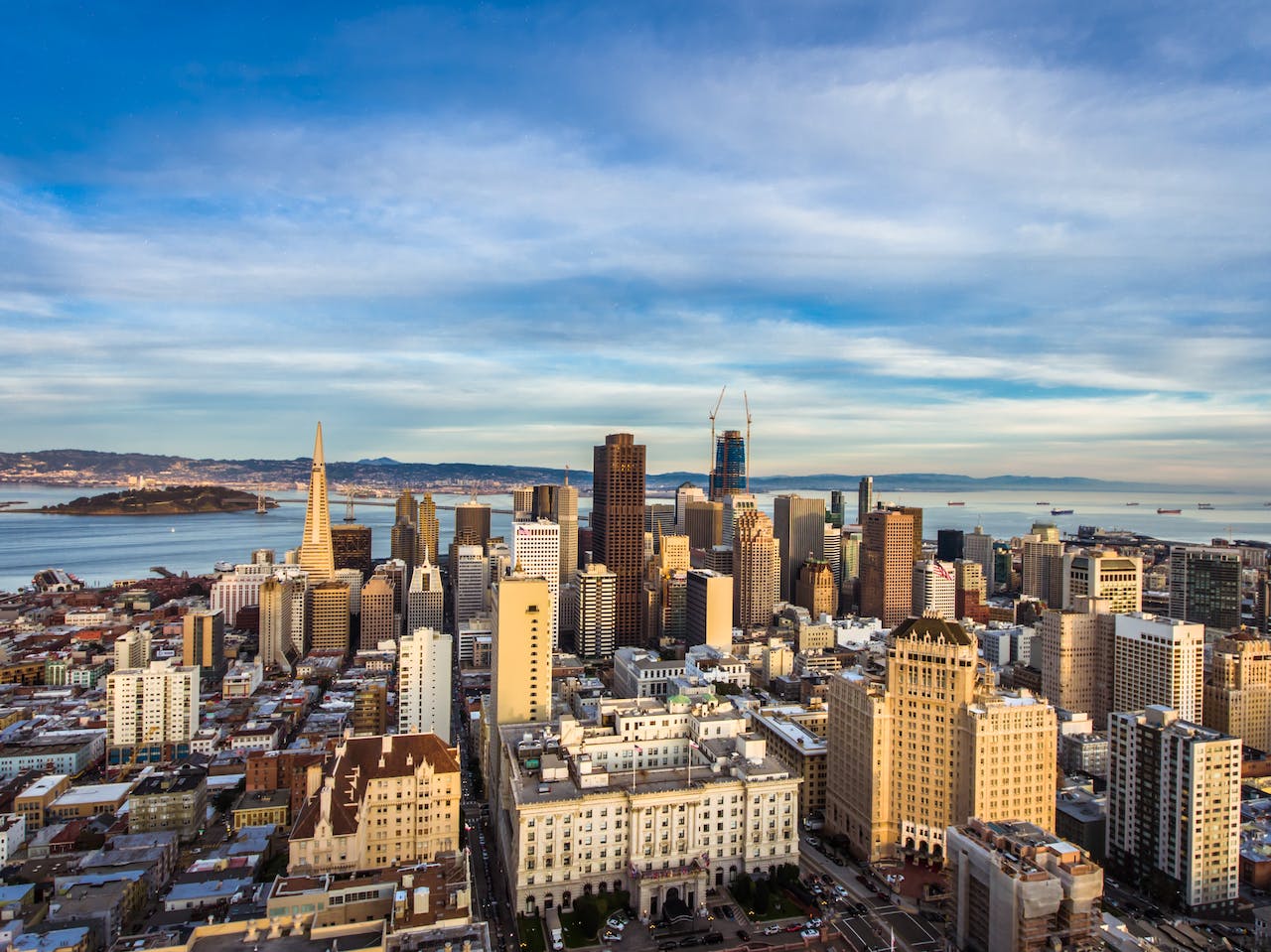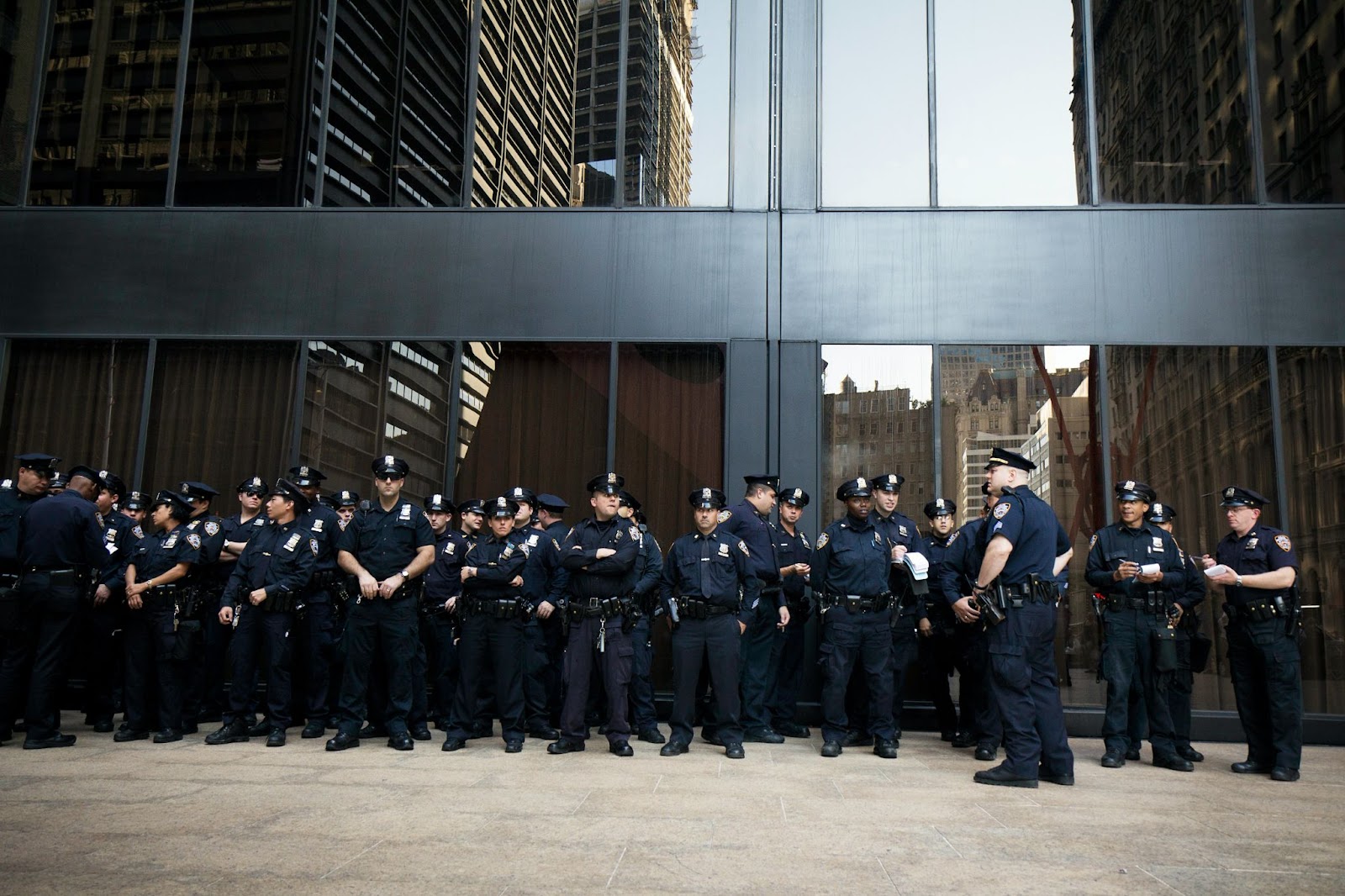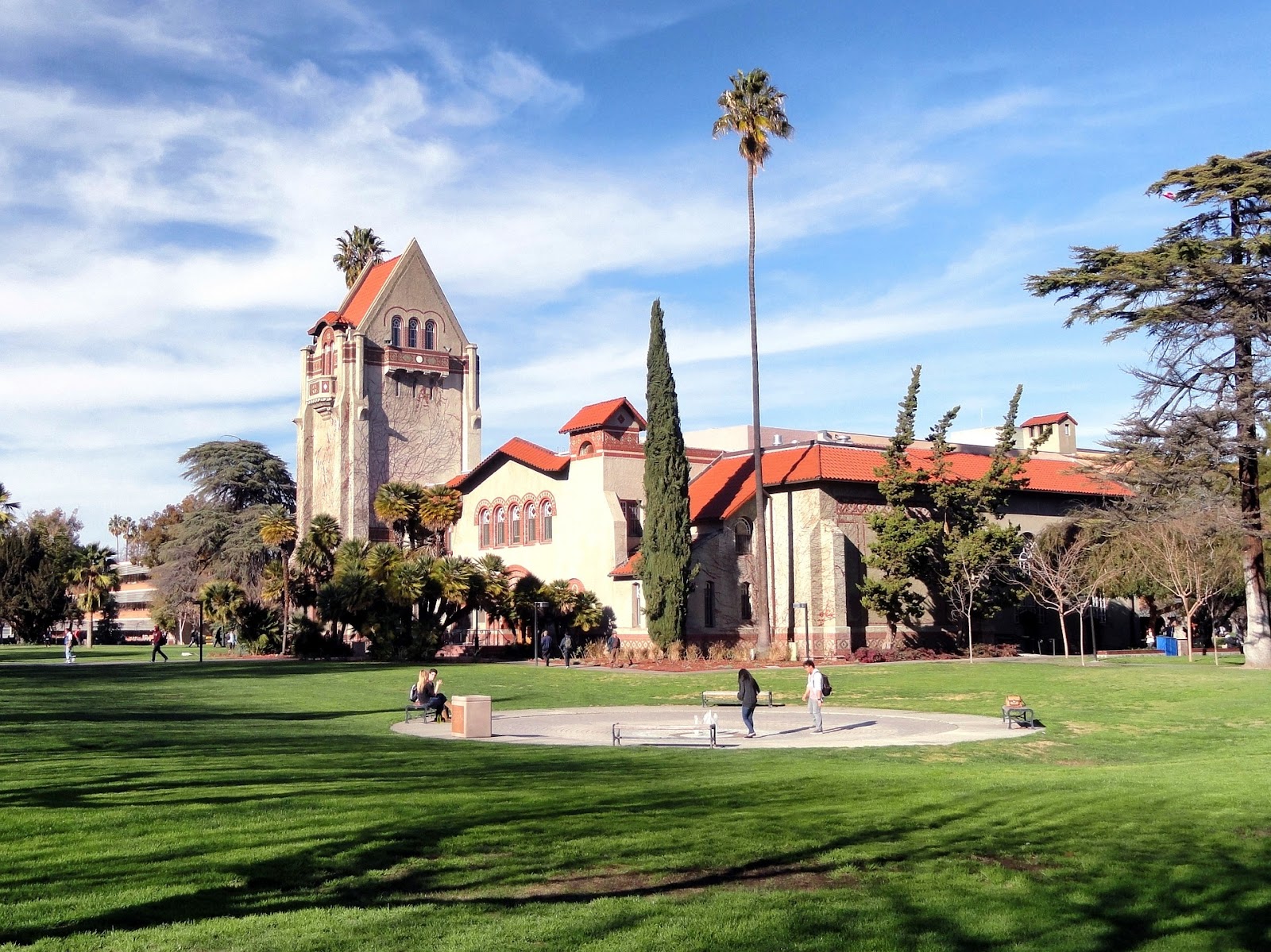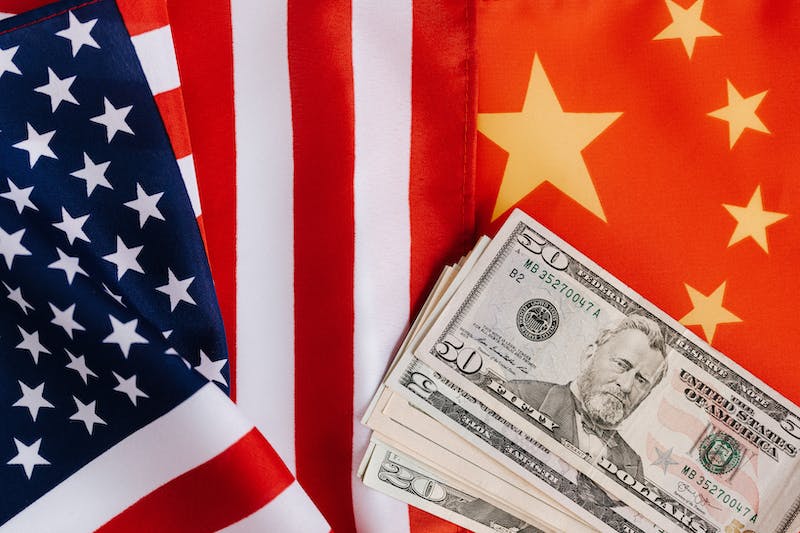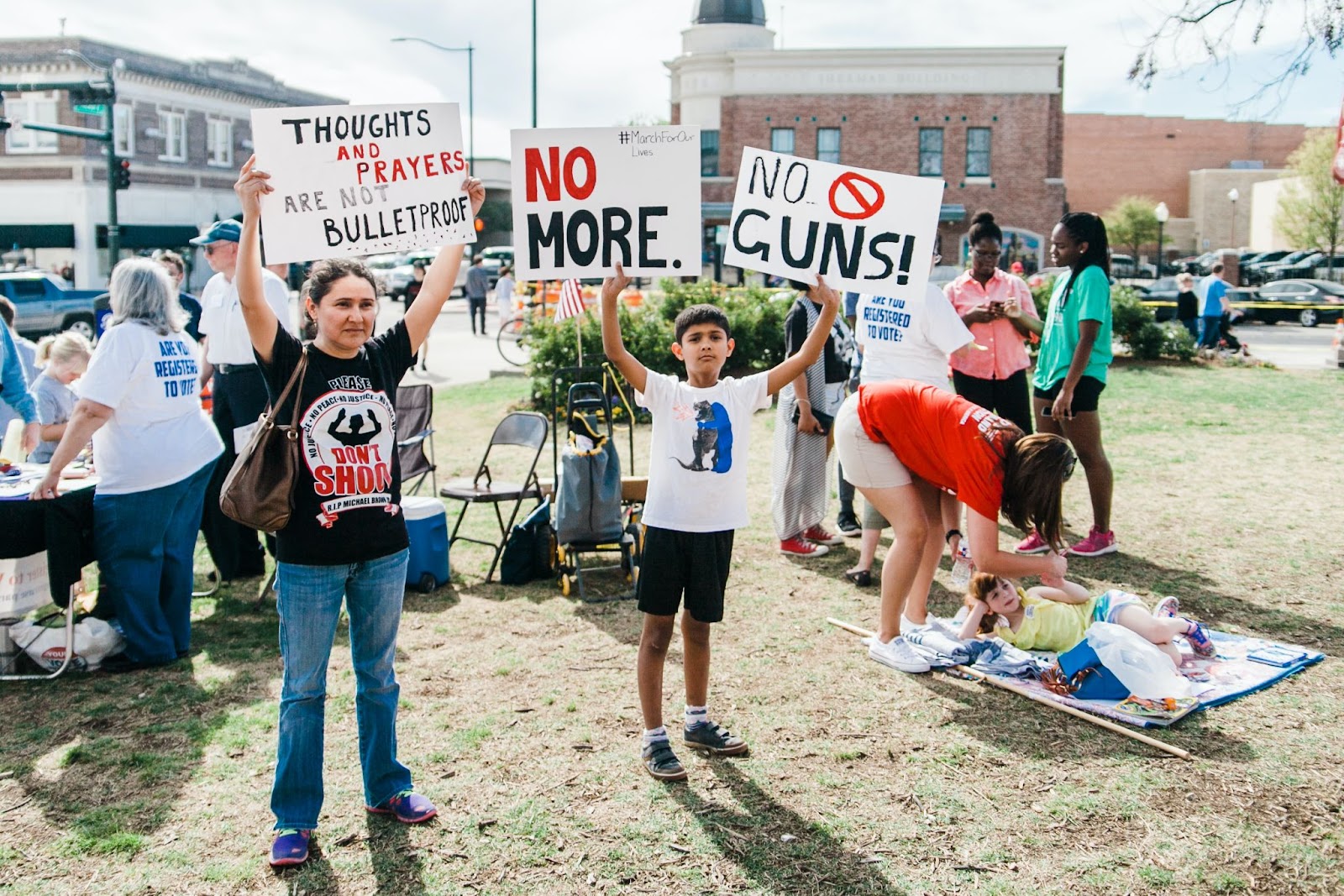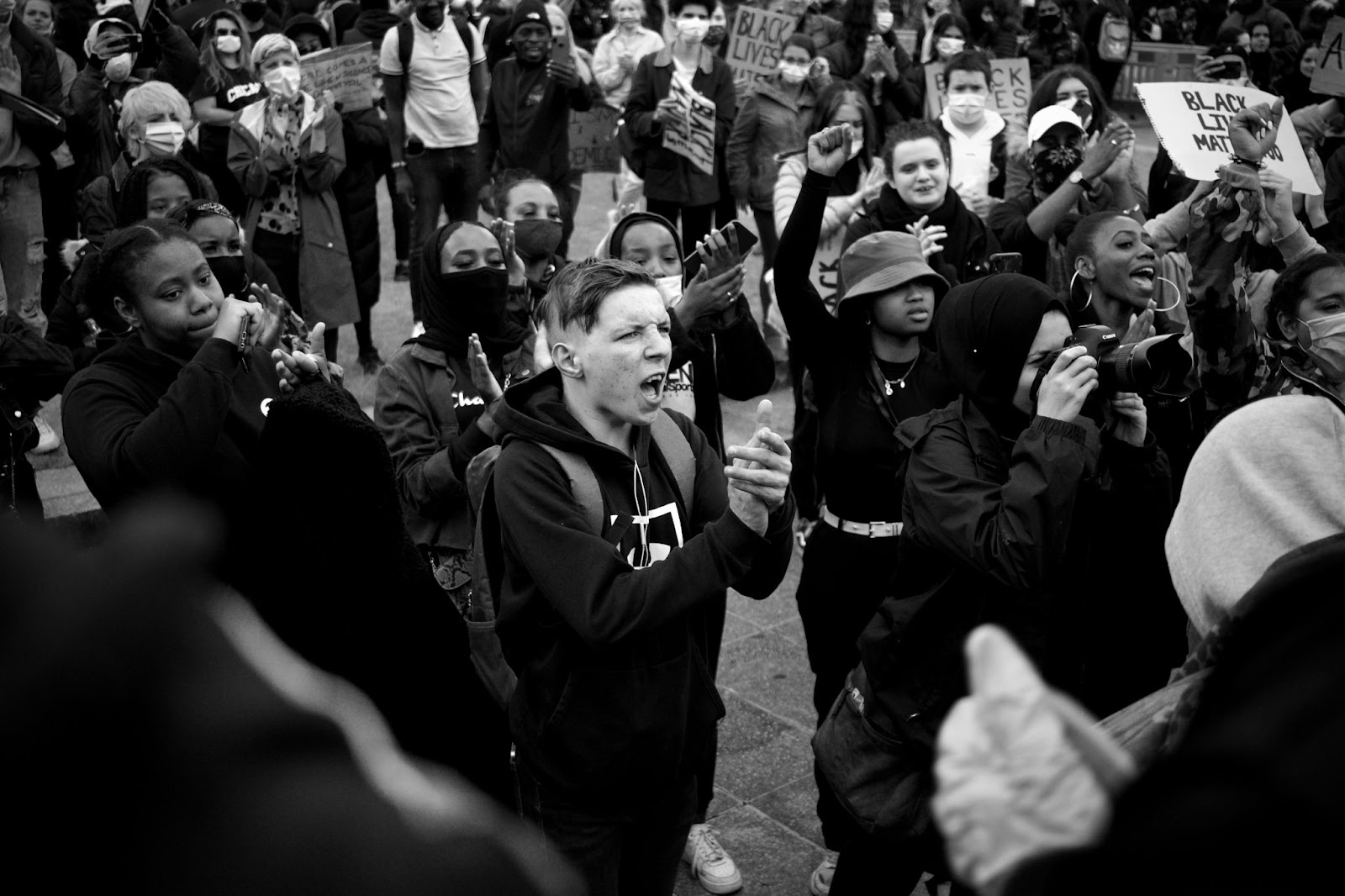The recent controversy surrounding Drew Barrymore’s show raises whether all showwriters are returning to shows. This is a reminder of a precarious balance between art and commerce. With the SAG-AFTRA strike in effect, the entertainment industry is grappling with labor negotiations. This left fateshowwriters hanging as the AI use controversy lingers. Entertainment attorney Jonathan Handel sheds light on the recent Drew Barrymore incident, sharing his insights on the storm brewing behind the scenes.
The question on everyone’s minds now is whether showwriters will return to their respective projects. With the writer’s strike turning more resentful, it is clear that not all are willing to come back. Three head writers of Drew Barrymore’s show stated they would not return when the play resumes. Their statement created waves in the entertainment industry, questioning the show’s future. Drew Barrymore has, however, decided to move ahead without her three co-head writers. Her bold decision sparked further debate. The feeling of intense disrespect among the departing writers is palpable, which makes people assume that a series of unforced errors might have led to this standoff.
Recently, SAG-AFTRA and AMPTP met at the negotiation table, but the meeting’s outcome is still shrouded in secrecy due to a media blackout. Jonathan Handel describes it as a busy day for both parties. The national executive director of SAG testified before the FTC along with John August from the Writers Guild. The focus was on the use of AI and whether the federal government and the FTC will restrict its usage.
Amid the turmoil, the message was clear. Individuals in the entertainment industry want the same protections as companies regarding copyright and intellectual property. The issue of residual AI was a central point of discussion, along with the demand for wage increases. The negotiations are critical and will decide the future of upcoming industry contracts.

Jonathan Handel states, “It’s not as simple as replicating the Writers Guild’s blueprint for SAG-AFTRA.” The negotiations have many complexities, so predicting a quick resolution is impossible. Handel’s crystal ball is clouded, but he hopes for a deal within the next three or four weeks. If the negotiating parties fail to reach an agreement in this timeframe, the industry may not see a fruitful resolution until the beginning of the following year. Production will likely pause with the holiday season approaching, and full-scale resumption is not expected until January or February.
A significant development can be seen as visual effects workers, often overlooked in the labor movement, voted to unionize and join forces with the union, LASI. This move brings some hope, considering all the earlier failed attempts to unionize this group. It shows a stark contrast between the conservative nature of their prior efforts and the unanimous vote that occurred. This can set an example for other groups of visual effects workers to follow suit.
The future remains uncertain as the entertainment industry navigates a treacherous path, with showwriters rebelling against their employers and labor negotiations shrouded in secrecy. Only time will tell when the turbulence will subside, allowing actors to promote Thanksgiving and Christmas movies and production to resume in earnest.





















